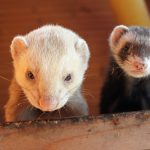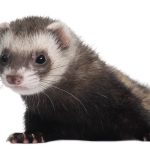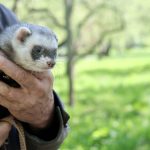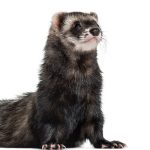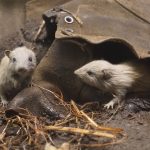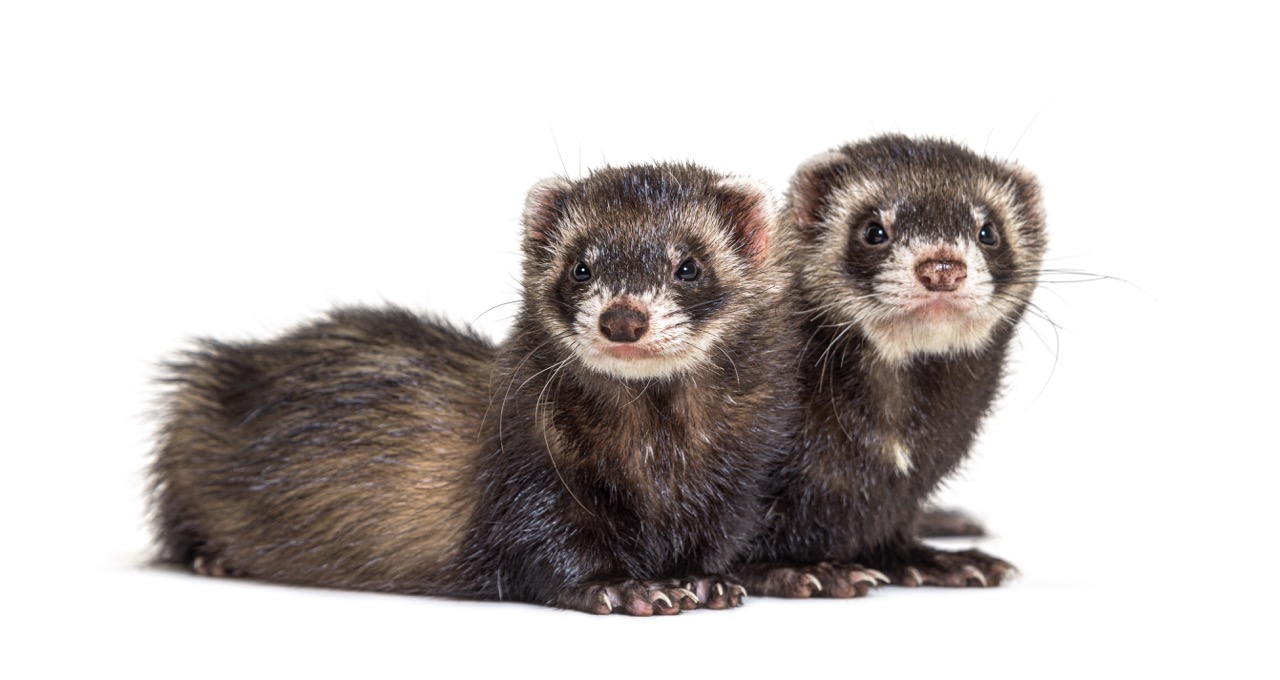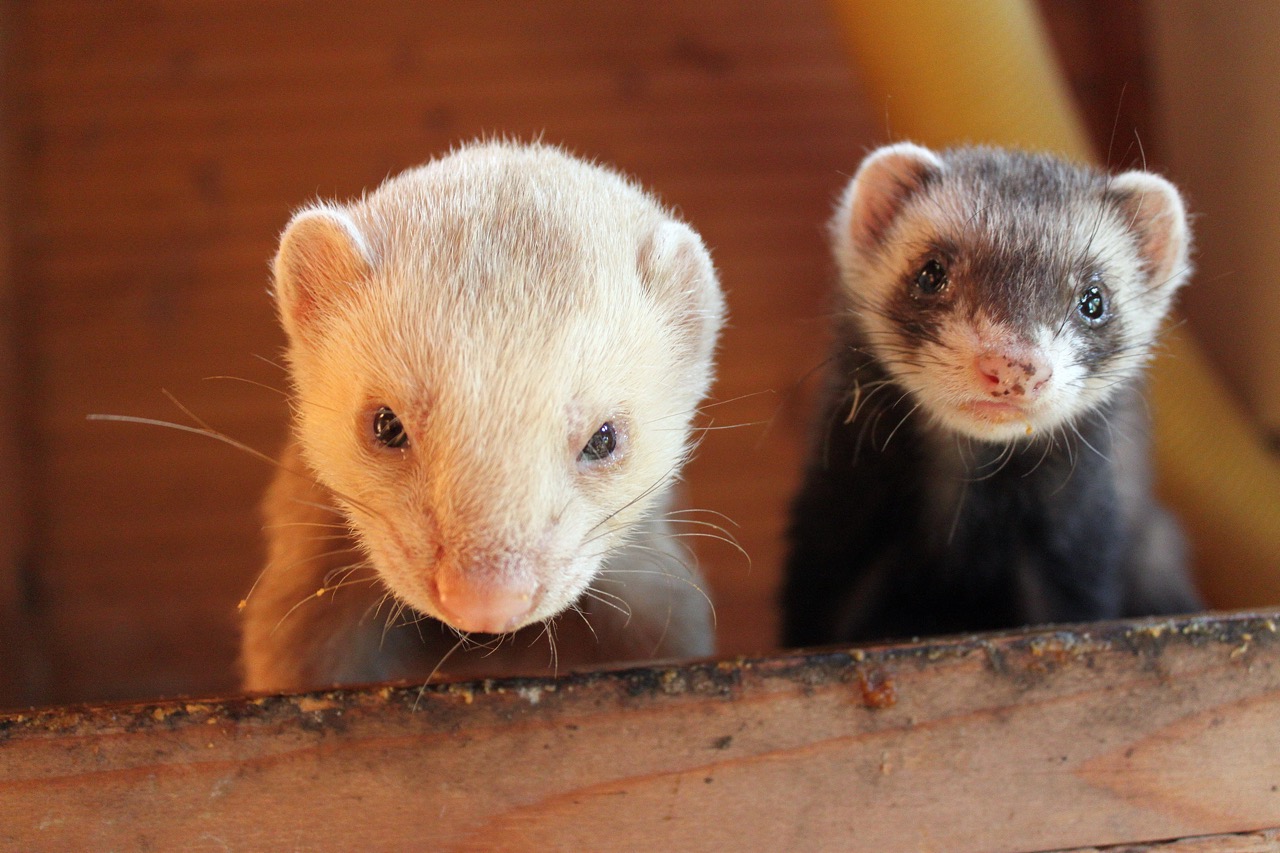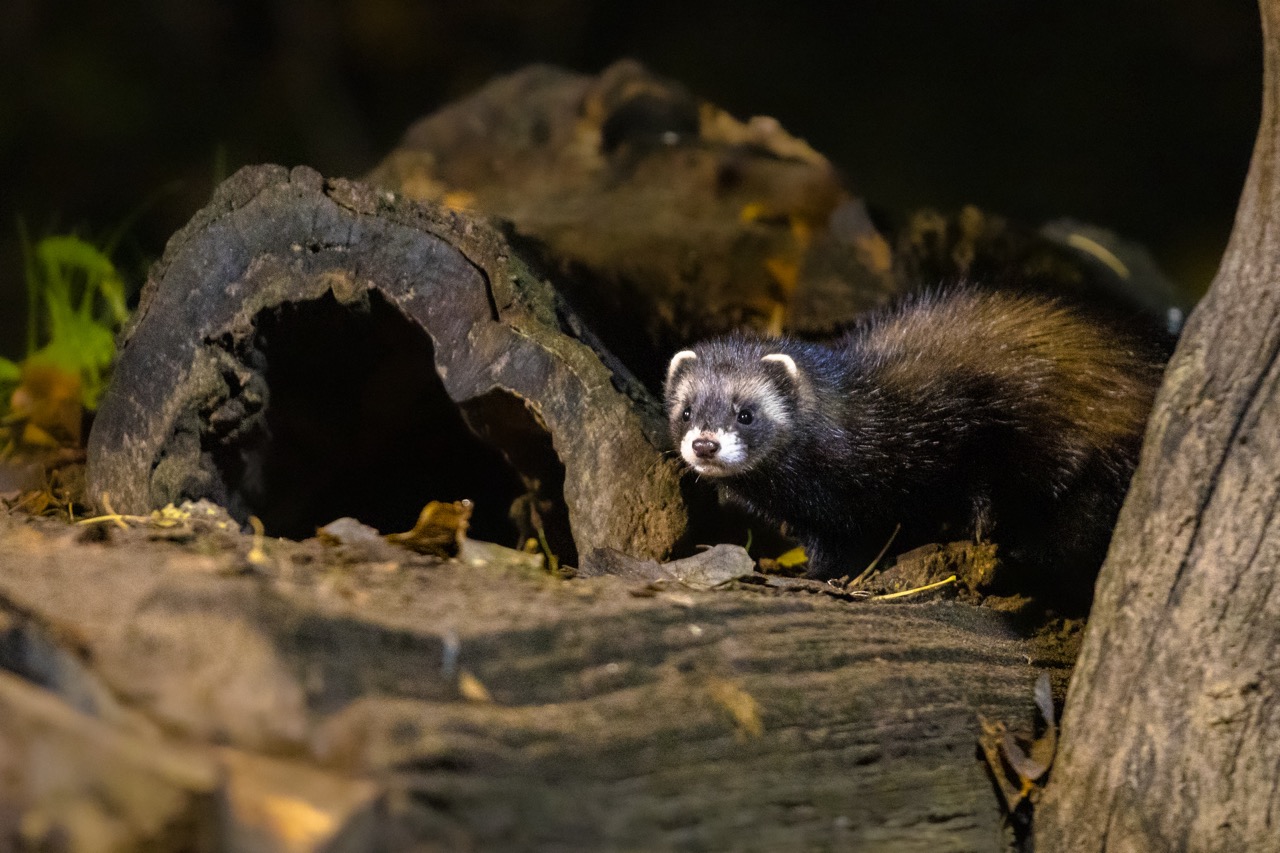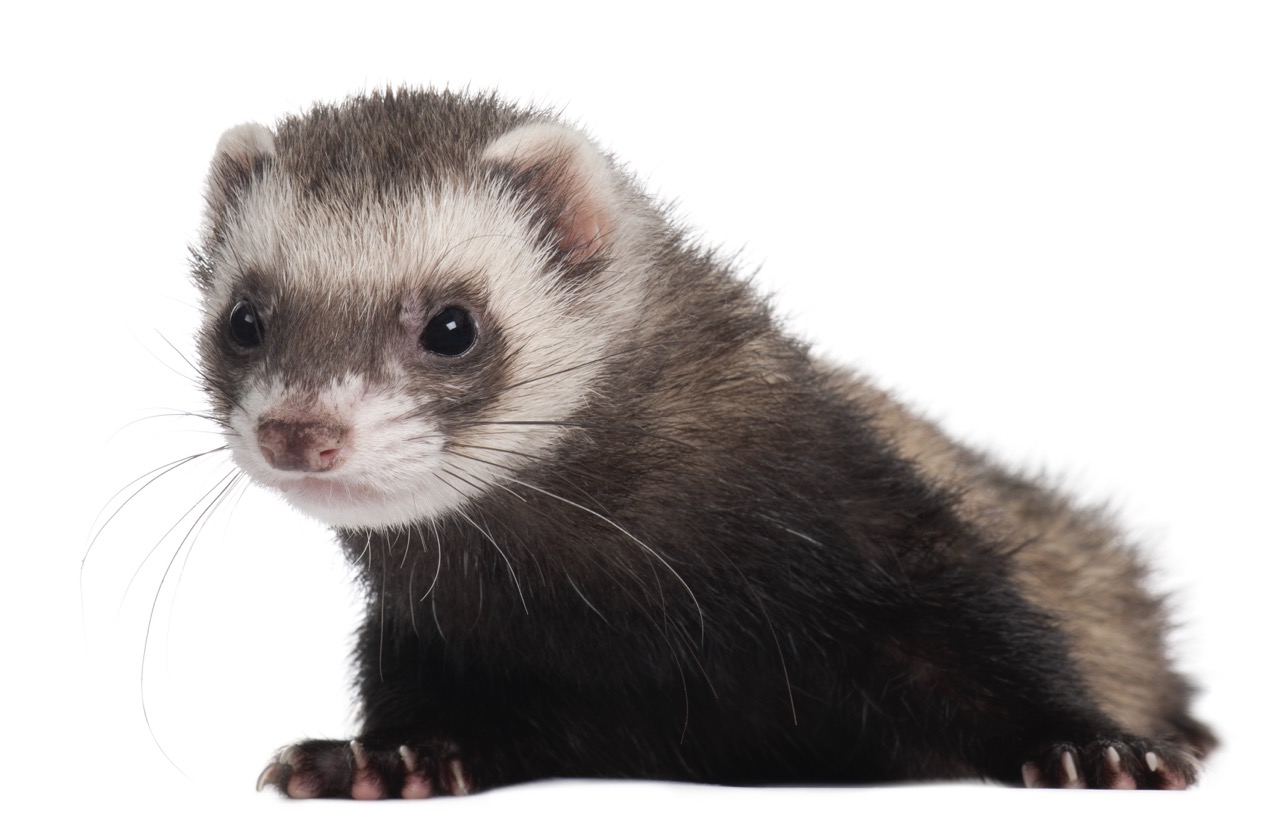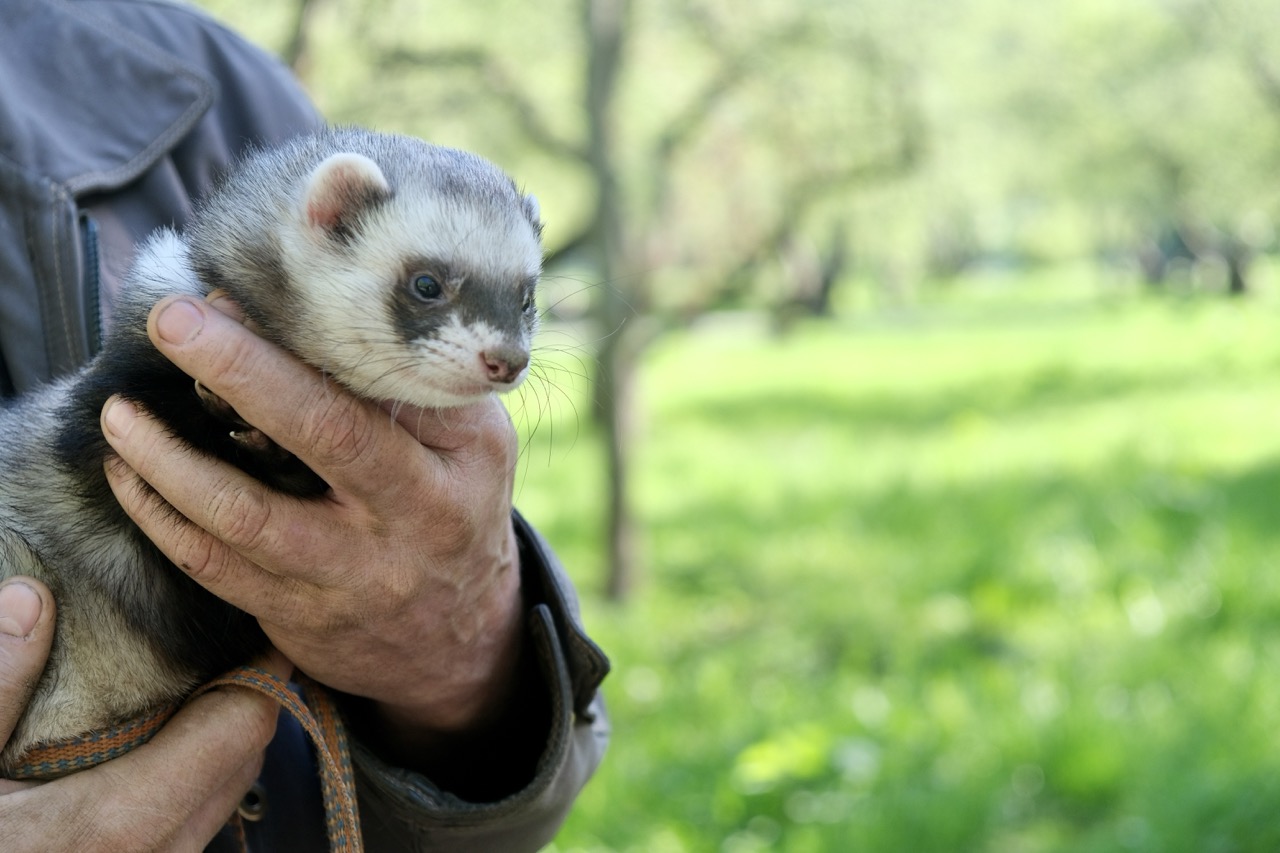Ferrets are fascinating creatures, adored for their playful nature and engaging personalities. However, what often goes unnoticed is the vital role that their fur plays in their overall health, well-being, and adaptability to their environment. Beyond mere aesthetics, ferret fur serves several essential functions, including thermoregulation, protection, and communication. This article delves into the importance of ferret fur, exploring its functions, growth patterns, and the implications for breeding practices.
Understanding Ferret Fur: Functions Beyond Aesthetics
Ferret fur is not merely a visual trait; it serves multiple critical functions essential for the animal’s survival. One of the primary roles of fur is insulation, helping to regulate body temperature in varying environmental conditions. The dense undercoat traps heat in cold climates, while the outer guard hairs repel moisture and dirt, ensuring that ferrets remain dry and comfortable. This thermal protection is particularly important for ferrets since they are prone to temperature fluctuations.
Additionally, ferret fur plays a significant role in sensory perception. The vibrissae, or whiskers, are embedded in the fur and serve as tactile sensors, helping ferrets navigate their environment. These sensory hairs can detect fine changes in their surroundings, allowing for enhanced awareness and reducing the risk of danger. Furthermore, the texture and color patterns of fur can facilitate social interactions and bonding among ferrets, making it an integral part of their communication repertoire.
Lastly, fur can serve as a protective barrier against external threats. The coat can help shield ferrets from bites, scratches, and parasites. Certain fur types may also exhibit camouflage properties, allowing ferrets to blend into their surroundings, which can be advantageous in the wild. As such, understanding the multifaceted functions of ferret fur underscores its significance in the lives of these animals.
Growth Patterns of Ferret Fur: Lifecycle and Changes
The growth patterns of ferret fur can vary significantly throughout their lifecycle, influenced by age, health, and environmental factors. Newborn ferrets are born with a soft, fine coat that gradually develops into the denser fur characteristic of adult ferrets. This transition typically occurs within the first few months of life, as the ferret matures and undergoes various developmental stages. Changes in fur texture and color can also occur, reflecting the individual’s genetic background and breed characteristics.
Seasonal changes also affect ferret fur. Many ferrets experience a change in coat thickness and color with the changing seasons, a phenomenon known as seasonal molting. During the spring and summer months, ferrets may shed their thicker winter coat, resulting in a lighter, airier fur to help them cope with rising temperatures. Conversely, as temperatures drop in the fall, ferrts may develop a denser undercoat to provide additional insulation. This cyclical shedding and regrowth process is crucial for their ability to adapt to their environment.
Moreover, factors such as nutrition and health can influence the quality and appearance of ferret fur. A well-balanced diet rich in essential nutrients promotes vibrant and healthy fur, while deficiencies can lead to dull coats or excessive shedding. Regular grooming also helps maintain fur health, preventing matting and allowing for the removal of loose hair and debris. Thus, understanding the growth patterns of ferret fur provides insights into their development and well-being.
The Role of Fur in Ferret Health and Well-being
Fur is essential not only for the physical protection it offers but also for the overall health and psychological well-being of ferrets. A healthy coat indicates good nutrition and overall health, while changes in fur condition can be a sign of stress, illness, or hormonal imbalances. For instance, an increase in shedding or the appearance of bald patches may indicate underlying health issues that require veterinary attention.
Moreover, the act of grooming plays a vital role in a ferret’s daily routine, promoting both physical and mental well-being. Ferrets groom themselves and each other, which fosters social bonds and reduces stress. This grooming behavior helps to remove dirt and parasites, ensuring that the skin remains healthy and free from infections. A well-maintained coat can also enhance the ferret’s comfort, providing the necessary insulation and protection from environmental elements.
Additionally, the aesthetic appeal of a ferret’s fur can influence human perceptions and interactions, impacting adoption and care practices. Ferrets with bright, shiny coats are often seen as more appealing, and their perceived health can directly affect their chances of finding loving homes. Therefore, ensuring that ferrets maintain healthy fur contributes significantly to their overall quality of life and their integration into human households.
Conservation of Ferret Fur: Impacts on Breeding Practices
The conservation of ferret fur and its associated qualities have important implications for breeding practices. Breeders must prioritize the health and genetic diversity of ferrets to ensure that desirable fur traits are preserved without compromising overall well-being. Selective breeding for specific coat colors or patterns can inadvertently lead to health problems if not managed responsibly, emphasizing the need for ethical practices that focus on the holistic health of the animals.
Furthermore, understanding the importance of fur in ferret health can guide breeders in creating environments that support natural fur growth and maintenance. This includes providing appropriate nutrition and promoting practices that allow for natural grooming behaviors. Breeders are encouraged to avoid practices that prioritize cosmetic traits over health, as this can lead to serious long-term consequences for the ferret population.
Lastly, public awareness of the significance of ferret fur can influence conservation efforts and responsible pet ownership. As more people recognize the essential functions of fur, there may be a shift toward valuing ferrets not just for their appearance but for their overall health and behavior. This change in perspective can lead to more informed breeding practices and better care standards for ferrets, ultimately enhancing their welfare and quality of life.
In conclusion, the importance of ferret fur extends far beyond aesthetic appeal. Its multifaceted functions—ranging from thermoregulation and sensory perception to health indicators—underscore its role in the overall well-being of ferrets. Understanding the growth patterns of fur and its significance for ferret health can lead to improved breeding practices and care standards. By prioritizing the conservation of ferret fur and fostering a deeper appreciation for its functions, we can ensure that these beloved animals thrive in both domestic and wild environments.
